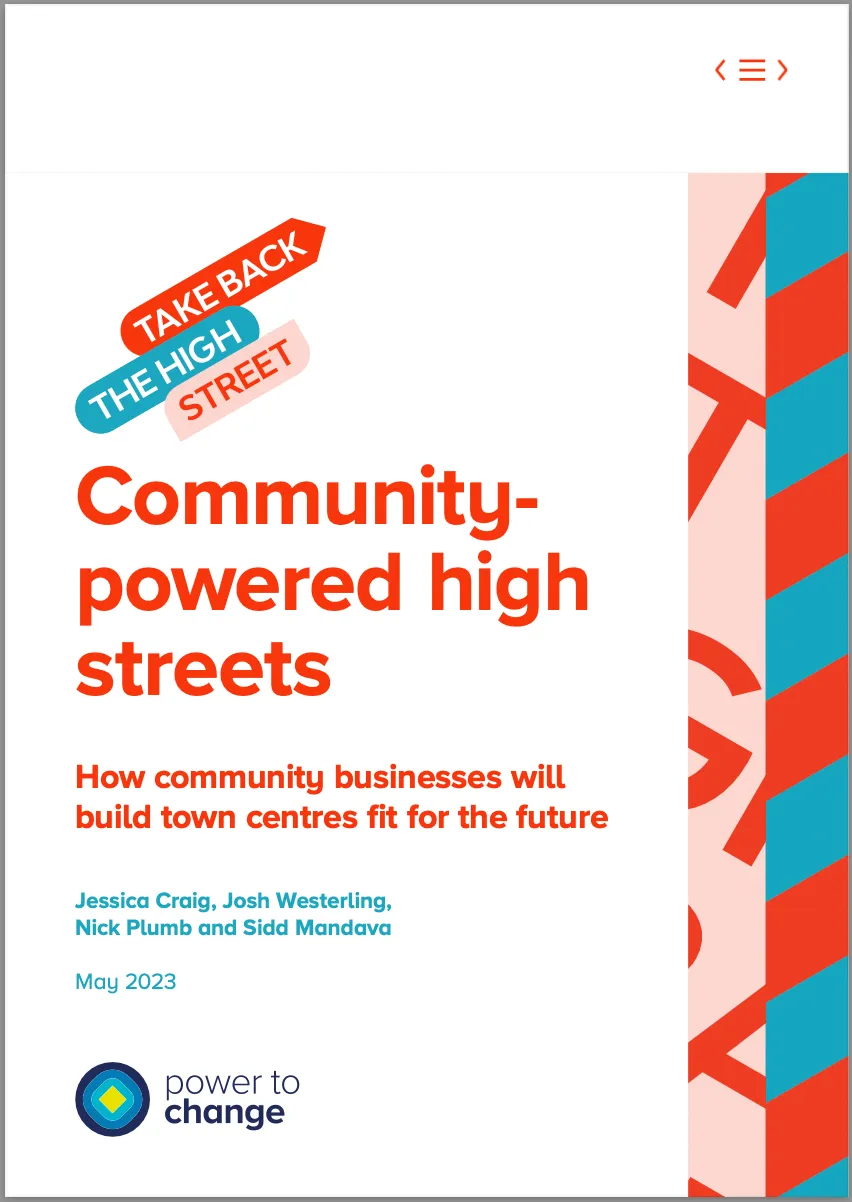
The policy context for high streets has evolved significantly in the past year, since we last published major work on this issue.1 The economic picture has shifted significantly: both Labour and the Conservatives have announced a slew of policies to revitalise our high streets. Despite this, many places are still struggling. While there are some signs of optimism – a small dip in online shopping, a narrowing of the closures and openings gap and a notable increase in the share of independent businesses on the high street – the need for transformation remains.
With some estimating a 40 per cent oversupply of retail space, the need to move away from the retail-dominated model is clear. There is a growing consensus that ‘experience’ will be at the heart of the future high street. Whether this is in the form of a bigger arts and culture offer, a greater role for public services or more residential property, places are looking at how to diversify their town centres. Power to Change has long made the case for greater community involvement in and ownership of our high streets and town centres. Community businesses are already doing all the above, and they will need to play a bigger role in the transformation.
The high street 'Warning Lights'
The new data we present in our chapter on persistent property vacancy rates shows a surprisingly diverse collection of towns in England which have seen the biggest increases in persistent vacancy since 2015 – they are found both in places with weaker economies and in more prosperous regions. Importantly, almost half of the town centres on this list are in marginal constituencies which will be ‘in play’ when the next general election comes around. As Figure 1. shows, when thinking about important issues affecting their local area, high streets and town centres were the fourth most important priority for the public.2
The data also shows that a huge amount of property vacancy in these places is driven by three forms of property ownership, with 90% of vacant units owned by limited companies (61.3%), private individuals (21.8%), or local authorities (10.3%).